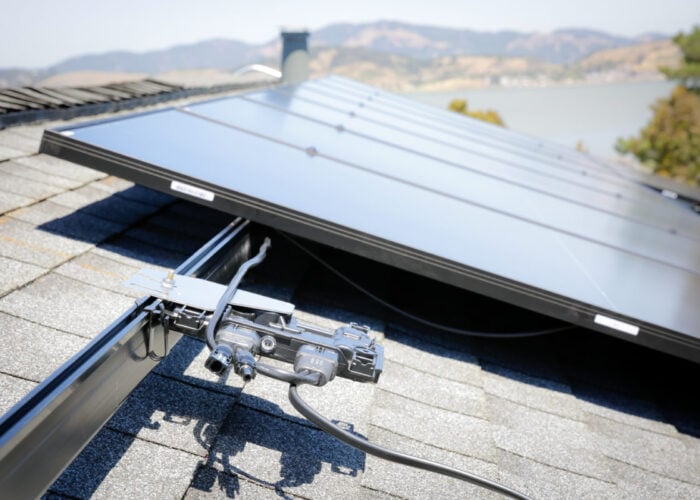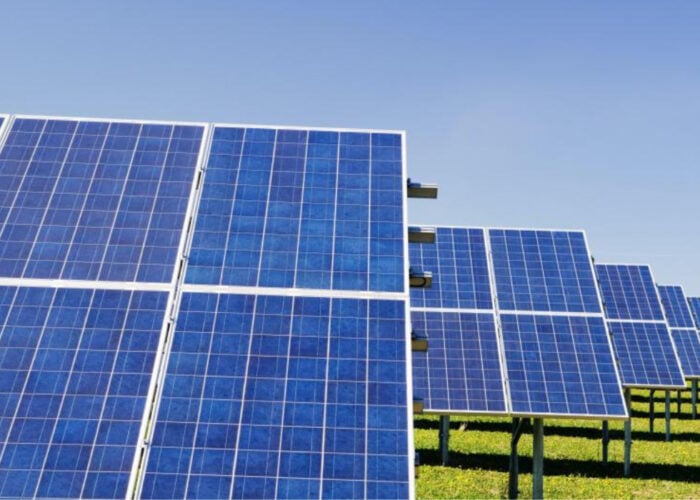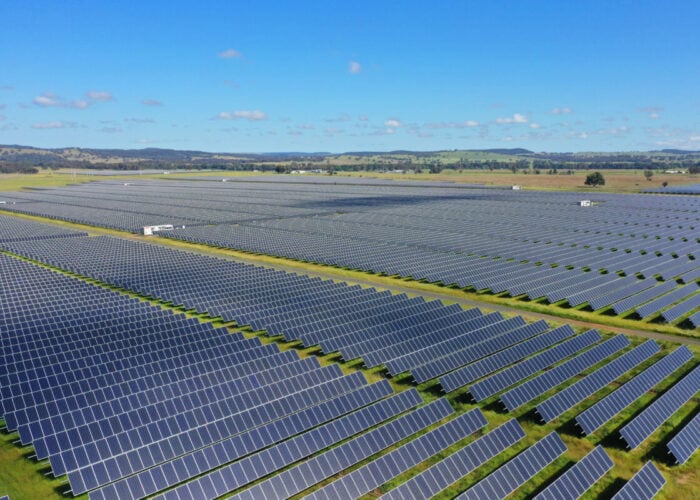
Solar has become the largest energy source of new capacity in the first five months in the US, while almost 90GW of new solar projects will have a “high probability” of being added to the generation capacity in the next three years.
According to the Federal Energy Regulatory Commission’s (FERC) Energy Infrastructure Update for May 2024, the US had 251 new solar “units” that became operational from January to May this year, with a combined capacity of 10,669MW. The additions were way ahead of wind, which came second with 13 new “units” and had a total installed capacity of 2,095MW, followed by natural gas (23 units and 348MW of newly installed capacity).
Unlock unlimited access for 12 whole months of distinctive global analysis
Photovoltaics International is now included.
- Regular insight and analysis of the industry’s biggest developments
- In-depth interviews with the industry’s leading figures
- Unlimited digital access to the PV Tech Power journal catalogue
- Unlimited digital access to the Photovoltaics International journal catalogue
- Access to more than 1,000 technical papers
- Discounts on Solar Media’s portfolio of events, in-person and virtual
Or continue reading this article for free
In the first five months of 2024, the US installed capacity increased by 14,435MW, meaning newly installed solar capacity accounted for about 74% of the total additions.
In May, 50 new solar projects were placed in service with a combined capacity of 2,517MW, ahead of wind (277MW, two units), hydropower (211MW, two units) and natural gas (184MW, nine units). Solar accounted for 79% of the newly installed capacity in the US that month.
Year-on-year, installed solar capacity in the US increased by 118% from 4,885MW in the first five months in 2023 to 10,669MW in the same period in 2024.
PV Tech reported that the US added 4,557MW of solar capacity in the first quarter of 2024, bringing the total installed capacity to over 100GW, according to trade body American Clean Power Association (ACP).
In 2023, the US installed 32.4GWdc of solar, representing a 51% year-on-year increase and with every segment, except community solar, setting installation records, according to the Solar Energy Industries Association (SEIA) and Wood Mackenzie.
According to FERC, the largest solar project to come online in the first five months this year was the 325MW AEUG Union solar project in Union County, Ohio. The state is also home to another large scale solar PV project that came online in the same period—the 300MW Highland Solar PV plant in Highland County.
As of the end of May 2024, the installed solar capacity in the US reached 113.84GW, accounting for 8.78% of the total power generation capacity of 1,296.08GW. Solar was the second largest renewables source of generation in the US, behind wind (152.6GW, 11.77% of the total generation capacity).
Additions and retirement between 2024 and 2027
In the same update, a total of 951 solar projects are expected to be “high probability additions” between June 2024 and May 2027, with a combined capacity of 89,951MW. This capacity will account for 69.8% of new additions in the US and will be far greater than the new capacity additions of wind (23,532MW) and natural gas (14,127MW) combined.
For the full year of 2024, the US Energy Information Administration (EIA) said that US project developers will add 36.4GW of new solar generation capacity, accounting for 58% of all new capacity additions in the US power sector.
The study also examined retirements of power generation sources. Until June 2027, 99MW of capacity from nine solar projects is expected to retire, accounting for only 0.27% of installed capacity that will be decommissioned between June 2024 and May 2027.
PV Tech Premium previously examined the decommissioning of solar PV projects. Currently, 80% of US solar PV projects were installed within the last seven years. These projects are much younger than the older plants in Europe.
More importantly, as the solar PV industry is still relatively young, there have been very few cases of decommissioning to date from which to learn best practices.







